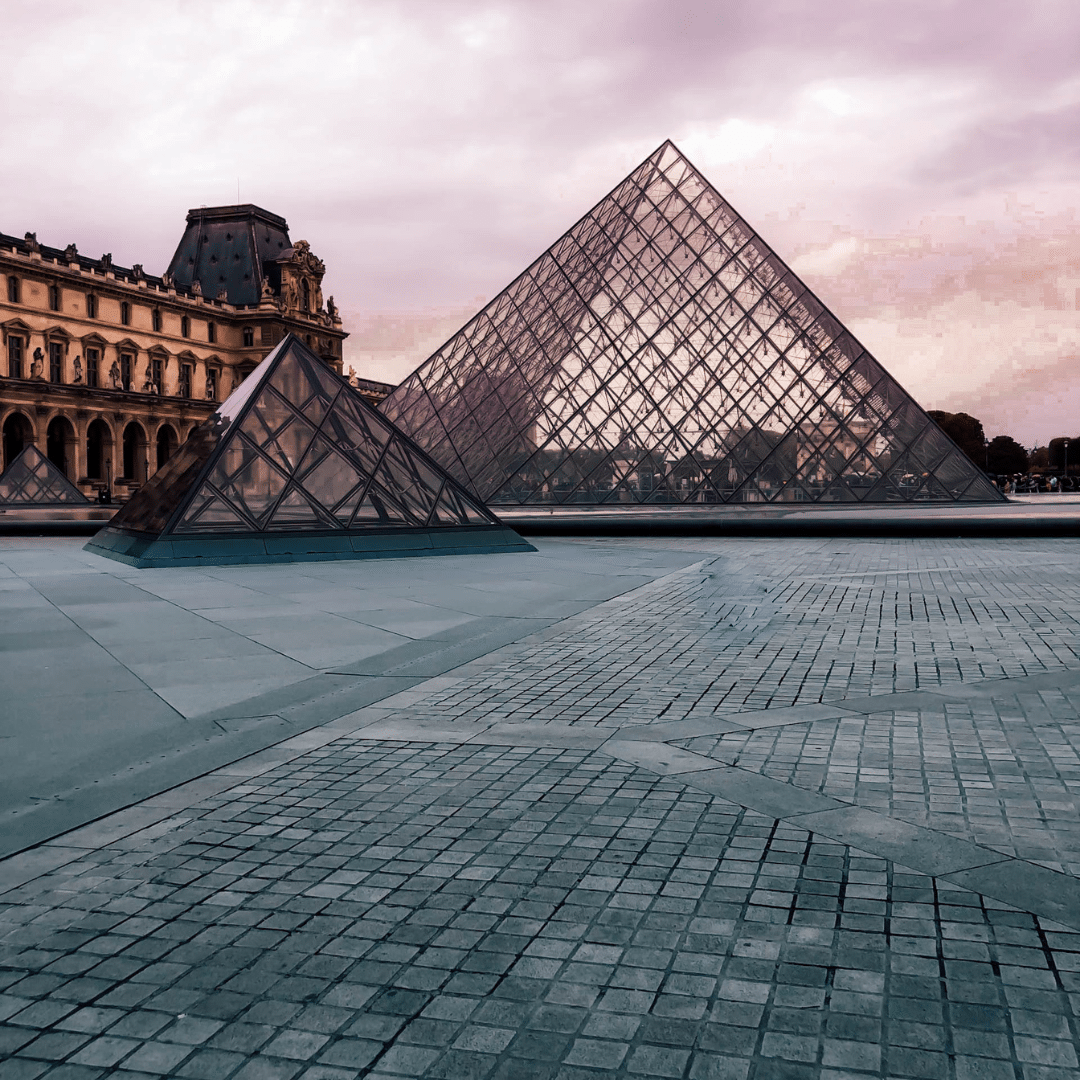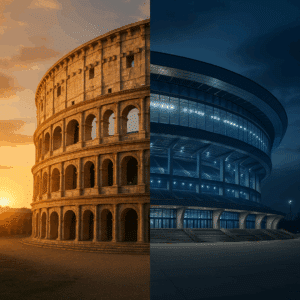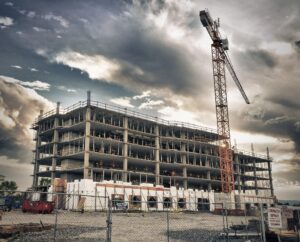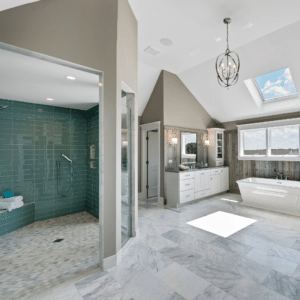From the majestic pyramids to the intricate temples, the marvels of Egyptian architecture have left an indelible mark on the way we build and design spaces today. Having a rich history and timeless designs, it continues to shape and inspire contemporary commercial architecture.
Ancient Egyptian architecture has greatly influenced today’s commercial structures through its iconic features and design principles. The grand scale, durable construction techniques, and emphasis on symmetry and symbolism seen in structures like the Great Pyramids and Luxor Temple continue to inspire architects worldwide. From the use of columns and obelisks to the incorporation of hieroglyphics and ornate detailing, Egyptian architecture creates a sense of grandeur, elegance, and cultural significance in modern commercial buildings.
- Historical Overview of Ancient Egyptian Architecture
- Influence of Ancient Egyptian Architecture on Modern Commercial Structures
- Symbolism and Meaning in Egyptian-Inspired Commercial Architecture
- The Impact of Egyptian Architecture on Urban Landscapes
- Modern Innovations in Commercial Architecture Inspired by Egypt
Historical Overview of Ancient Egyptian Architecture
Ancient Egyptian architecture, spanning the Old Kingdom, Middle Kingdom, and New Kingdom periods, showcased remarkable achievements in engineering, planning, and symbolic design. The Old Kingdom was characterized by the construction of monumental pyramids, including the Great Pyramid of Giza, renowned for its precise angles and alignments. The Middle Kingdom emphasized temple construction, exemplified by structures like the Karnak Temple Complex and Luxor Temple, featuring grand entrance pylons, massive columns, and intricate relief carvings. In the New Kingdom, innovative elements such as terraces and colonnades were incorporated into mortuary temples like the Temple of Hatshepsut. These temples served as both memorials and places of worship.
Throughout these architectural periods, the ancient Egyptians placed great importance on symmetry and axiality in their designs. Buildings were carefully aligned along a central axis, creating a sense of balance and order. This emphasis on axiality is evident in the deliberate arrangement of temples, pylons, and avenues within temple complexes.
Furthermore, the Egyptians’ profound connection to the celestial and natural world is reflected in their architectural alignments. Buildings were meticulously positioned to align with significant celestial bodies, such as stars and the sun, as well as with sacred landscapes, including prominent mountains and rivers. For example, the pyramids of Giza were aligned with the constellation Orion, while the temple of Abu Simbel was strategically placed to capture the rising sun on specific days. These alignments not only added symbolic meaning but also reinforced the spiritual and cultural beliefs of the ancient Egyptians, creating a harmonious relationship between architecture, the cosmos, and the natural world.
Influence of Ancient Egyptian Architecture on Modern Commercial Structures
The influence of ancient Egyptian architecture on modern commercial structures is evident in various ways. Architects and designers often draw inspiration from the Egyptians’ innovative use of architectural elements and incorporate them into contemporary building designs.
The use of columns and obelisks, with their symbolic significance, has become a source of inspiration for architects. Columns, serving both functional and decorative purposes, add elegance and visual interest to contemporary building designs. Incorporating obelisk-inspired structures in facades creates a striking visual impact and pays homage to the historical importance of ancient Egypt.
Hieroglyphics and ornate detailing, intrinsic to Egyptian architecture, have also influenced modern commercial buildings. Hieroglyphic-inspired motifs are often integrated into facades and interiors, adding cultural richness and storytelling elements. Ornate carvings and relief work, depicting religious and historical narratives, bring depth and beauty to structures. These intricate details in modern buildings evoke a sense of craftsmanship and a connection to the cultural heritage of ancient Egypt.
Furthermore, the incorporation of hieroglyphics and ornate detailing in modern commercial structures not only add cultural richness but also contributes to the sense of scale and experiential design. Just as in ancient Egyptian architecture, these intricate details can vary in their intricacy and level of detail, offering a captivating experience for viewers as they approach the building. From a distance, details create a sense of grandeur and identity, establishing the building’s presence within the urban landscape. As one gets closer, the finer details become more apparent, revealing the craftsmanship and intricacies of the design.
The integration of ancient Egyptian design elements in modern commercial structures allows for a dynamic and engaging architectural language that connects the past with the present and invites people to explore and appreciate the beauty and heritage of both ancient and contemporary civilizations.
Symbolism and Meaning in Egyptian-Inspired Commercial Architecture
Egyptian architecture is renowned for its symbolic significance. The use of colors, patterns, and motifs in Egyptian-inspired commercial buildings adds depth and cultural richness to these structures.
The color palette of ancient Egyptian architecture, featuring earthy tones such as ochre, blue, and green, symbolized various aspects of Egyptian mythology and cosmology. Hieroglyphic inscriptions and decorative reliefs communicated stories and religious beliefs, bringing life and meaning to the architectural spaces.
In modern commercial architecture, the incorporation of symbolic elements allows for a deeper connection with the heritage and aspirations of a company or institution. Egyptian-inspired designs often include motifs like the lotus flower, representing rebirth and purity, or the scarab beetle, symbolizing eternal life and protection. These symbols create a sense of identity and purpose within commercial structures.
The Impact of Egyptian Architecture on Urban Landscapes
The impact of Egyptian-inspired commercial architecture on urban landscapes is significant and far-reaching. These structures have the power to shape the visual identity of a city and leave a lasting impression on both locals and visitors alike.
The Luxor Las Vegas hotel, with its pyramid design and obelisk, is a notable example of Egyptian-inspired commercial architecture that has a significant impact on the urban landscape. This iconic landmark captures attention and dominates the skyline, adding a unique character to the city. It serves as a major tourist attraction, drawing visitors from around the world who are intrigued by its historical and cultural significance. The presence of such architectural icons stimulates economic growth through increased tourism-related revenue, benefiting the local economy and contributing to the city’s vitality and prosperity.
Furthermore, Egyptian-inspired commercial architecture can inspire urban renewal and revitalization efforts. When innovative designs rooted in ancient Egyptian aesthetics are integrated into urban landscapes, they can transform previously neglected or underutilized areas into thriving destinations. These architectural projects can serve as catalysts for urban development, attracting businesses, residents, and further investment. The integration of Egyptian-inspired elements in urban design not only adds visual appeal but also creates a sense of place and cultural identity.
Modern Innovations in Commercial Architecture Inspired by Egypt
In modern commercial architecture, contemporary architects are incorporating ancient Egyptian design principles and embracing modern innovations to promote sustainability. They draw inspiration from the Egyptians’ skillful use of natural lighting and ventilation techniques. By strategically positioning windows, skylights, and light wells, architects maximize natural light in buildings, reducing the need for artificial lighting and creating a pleasant environment for occupants. They also integrate ventilation strategies such as atriums, operable windows, and building orientation to harness natural airflow and reduce reliance on mechanical cooling systems, promoting energy efficiency and a healthier indoor environment.
Furthermore, sustainable practices are incorporated into modern commercial buildings inspired by Egyptian architecture. Solar panels, paying homage to the Egyptians’ reverence for the sun, are integrated into the building design to generate renewable energy and decrease reliance on traditional power sources. Green roofs, inspired by the Egyptians’ use of rooftop gardens, are designed with vegetation to enhance insulation, mitigate stormwater runoff, and create urban green spaces, offering both environmental and aesthetic benefits.
By combining ancient Egyptian design principles with modern innovations, contemporary architects are able to create sustainable commercial structures that prioritize energy efficiency, occupant comfort, and environmental responsibility.
What are some famous commercial structures that showcase the influence of ancient Egyptian architecture?
Several famous commercial structures prominently showcase the influence of ancient Egyptian architecture. One notable example is the Luxor Las Vegas hotel in Las Vegas, USA, which features a pyramid shape reminiscent of the Great Pyramids of Egypt. The Egyptian Museum in Cairo is another remarkable structure that exhibits Egyptian architectural elements and houses a vast collection of ancient artifacts. These iconic buildings serve as prime examples of how ancient Egyptian architecture continues to inspire and shape modern commercial structures.
The influence of ancient Egyptian architecture on today’s commercial structures is a testament to the enduring appeal and timelessness of its design principles. By integrating elements of Egyptian architecture into modern commercial buildings, architects create spaces that not only serve their practical purposes but also connect us to a rich cultural heritage. Contact the experts in Guzzo Architects at 201-939-1446 to learn more about Ancient Egyptian Architecture.








